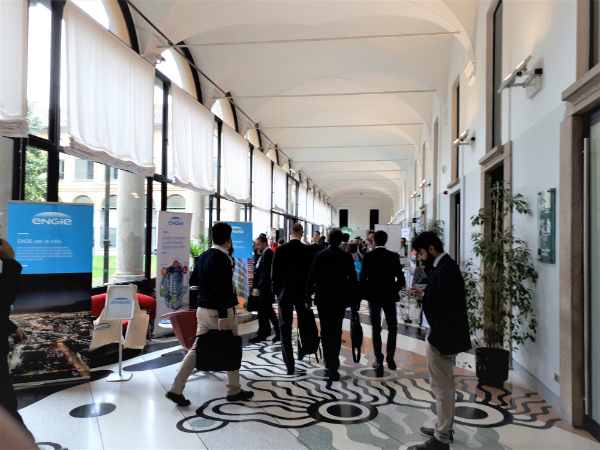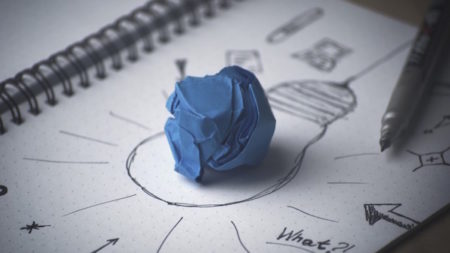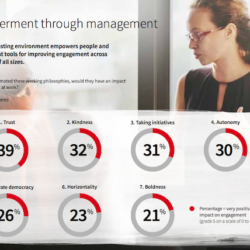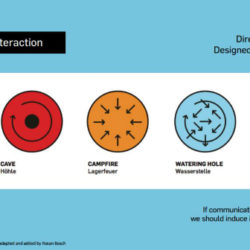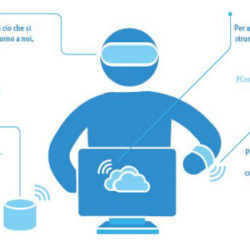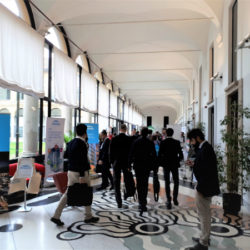
Creativity is not a matter of being a genius, it is a matter of living in an environment and constantly adapting to it and at the same time modifying it.
So creativity can be fostered through space, enhancing well-being, flexibility and malleability of the furniture, accountability, communication and new technologies. That’s what WOW! has sustained at the conference “The boundaries of fantasy: is creativity in the office going too further?” at the IFMA’s Facility Management Day 2017
Talking about creativity in an office environment is sometimes cause of anxiety. Workers feel like they have to do something extraordinary that they feel they can’t do, even if they don’t know exactly what and how. On the other hand, managers are struggling to create more and more innovative workplaces and ways of working, questioning, at the same time, their real effectiveness of them and trying to define where it is possible to draw boundaries.
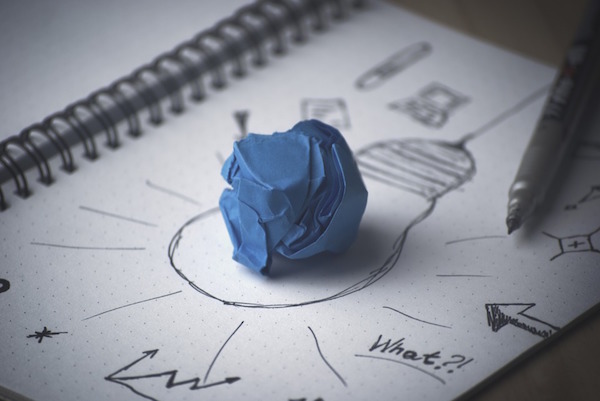
There’s another way to think about creativity that helps to take the pressure off: creativity is already there, it is a part of our everyday life in every environment.
The American anthropologist Tim Ingold once said that “we don’t build to dwell, we dwell therefore we build”.
Creativity arises in a constant relationship within an environment that is made of space, objects, people and rules.
A set of rules is essential for creativity, which is our own way to move inside and bend their boundaries and to keep on recreating them, like kids playing a “what if” game.
Think about the workstation of a hierarchical old-style workplace: on each desk it’s owner create his own territory, piling up papers, adding photos or other kind of objects, positioning monitors or pens in different ways. This is what I call an “inner focused” creativity, and its aim is “survive the boring routine of each day”. The challenge is nowadays to make this “already-made” creativity visible, enhance it, and use it to improve the company’s productivity.
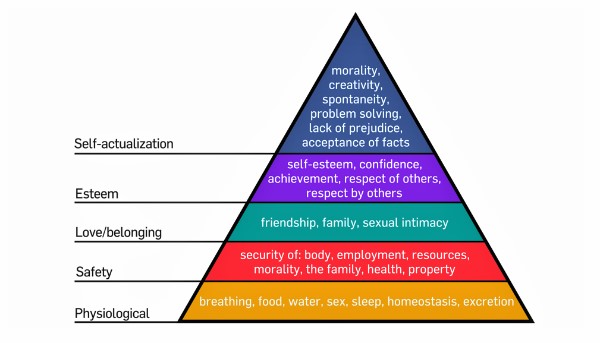
If we think about the Maslow pyramid of needs, we can turn outwardly this creativity, by creating a space capable of satisfying the well-being, sense of belonging, engagement, fulfilment and safety, basic needs of everyone.
How can we do that nowadays? Here we give five practical suggestions:
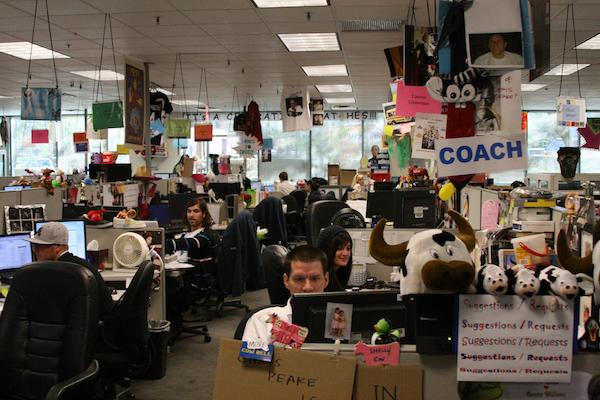
1) A malleable and pliant space.
When it’s a matter of creativity, flexibility is not enough. We need a sensorial environment that people can touch, reassemble, and constantly modify and re-invent. A multifunctional space is essential, but it is not enough: it has to be open designed, thought not just for the today’s needs but capable of adapting to ten years ahead needs.
2) Objects are actions and relationships.
“Two empty chairs, one opposite to the other, are already a conversation”. Objects are both symbols of identity both a suggestion of an action. Through furniture, managers can transmit messages and influence the behaviour of the employees, creating a space suitable for the goal they want to reach, making it easily perceivable.
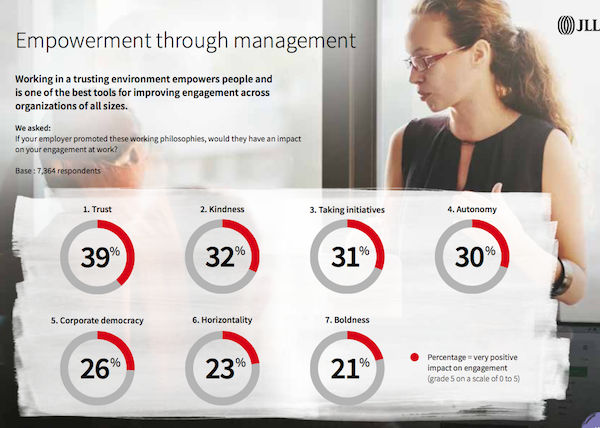
3) Accountability and trust
Social facts, like office’s life, has always something that is unpredictable and often the project you have in mind comes out in a totally different result.
We need to accept this unpredictability, creating a working environment where two smart working keywords like accountability and trust are perceived and put into practice constantly.
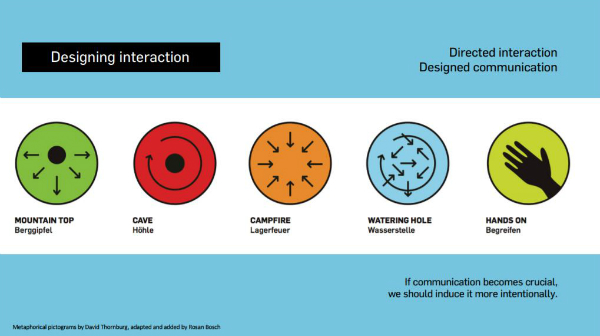
4) Space as communication and learning.
As Birgit Gebhardt has studied, it is more effective to design space, not thinking about the material side of it, but like a stage where conversations, communications and actions take place. We need to shape communication if we want to foster new perspective and new ways of interaction, which are the foundation of a creative workplace. Moreover, we have to think about the office as a life-long learning environment, where people can exchange competences and knowledge, stimulating their personal growth.
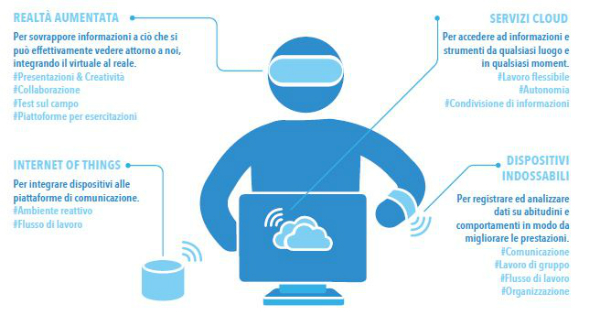
5) The key role of technology.
As a recent Sedus’s research shows, technology is having a strong impact on architecture and design, developing the concept of a “spacial happiness” based on the capability of the individual to dominate the environment, deciding the lighting, heating, humidity, acoustic conditions. Technology is also crucial to control the unpredictability we talked about before: IoT and sensors help to collect a huge amount of data that managers can use to design more effective and more engaging workplace, satisfying the needs of each employee.
Text by Gabriele Masi.
